Tag: ICU

Counterbalancing Work-related Stress? Work Engagement Among Intensive Care Professionals
Work engagement counterbalances work-related stress reactions. The relatively high workload in ICUs, coupled with an especially heavy emotional burden, may be acknowledged as an integral part of ICU work. This workload... read more
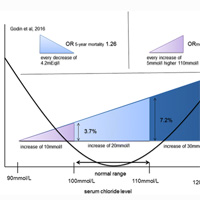
Serum Chloride Levels in Critical Illness – The Hidden Story
Chloride is the principal anion of the extracellular fluid and vital for both serum electroneutrality and acid-base homeostasis. The aim of this review is to investigate the relevance of dyschloremia in the critically... read more
What should we stop doing in the ICU?
Intensive care is an interesting specialty. From all the early excitement in the 1970s, passing through two decades of intensive physiological use at the bedside, intensive care landed on the rough ground of modern randomized... read more
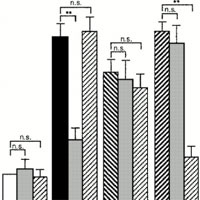
Circulating Secretoneurin Concentrations After Cardiac Surgery
Circulating postoperative secretoneurin concentrations provide incremental prognostic information to established risk indices in patients undergoing cardiac surgery. Preoperative and postoperative secretoneurin concentration... read more

Hemodynamic Monitoring – The Why, When, Which and What
Although the need to properly assess and monitor the hemodynamic status of a critically ill patient appears self-evident, the plethora of information in the published literature over the past two decades has resulted in complexity... read more
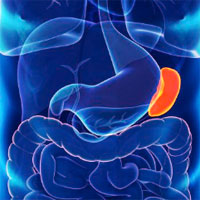
The Spleen: The Forgotten Organ in AKI of Critical Illness
Acute kidney injury (AKI) is an increasing medical burden and is independently associated with mortality. AKI is a common comorbidity in the intensive care unit (ICU), with sepsis-associated AKI seen in almost a quarter of... read more

Amount of Muscle Mass During ICU Admission May Be Linked to Survival
In the study cohort, ICU admission pectoralis muscle area (PMA) was associated with survival during and following critical illness; it was unable to predict regaining an independent lifestyle following discharge. ICU admission... read more

Risk of Sepsis and Mortality Among Patients with COPD Treated With Angiotensin-Converting Enzyme Inhibitors or Angiotensin Receptor Blockers
Angiotensin receptor blockers were associated with lower rates of sepsis and mortality than angiotensin-converting enzyme inhibitors in the patients with chronic obstructive pulmonary disease. The similar findings were also... read more
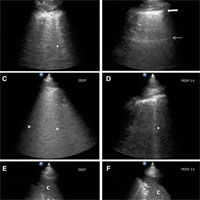
Ultrasound for Lung Monitoring of Ventilated Patients
In the intensive care unit, patient lung ultrasound provides accurate information on lung morphology with diagnostic and therapeutic relevance. It enables clinicians easy, rapid, and reliable evaluation of lung aeration and... read more
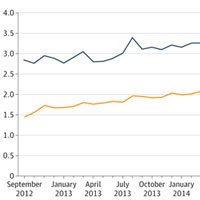
Association of an Emergency Department–Based ICU With Survival and Inpatient ICU Admissions
The purpose of this study is to determine the association of a novel ED-based ICU, the Emergency Critical Care Center (EC3), with 30-day mortality and inpatient ICU admission. In this cohort study of 349,310 patient encounters... read more

A Core Outcome Set for Critical Care Ventilation Trials
The main objective for this study was to obtain international consensus on a set of core outcome measures that should be recorded in all clinical trials of interventions intended to modify the duration of ventilation for... read more
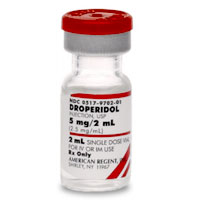
Droperidol Use in the Emergency Department – What’s Old is New Again
Earlier this year American Reagent announced the re-introduction of droperidol back into the US market. This is bringing an old favorite back to many EM docs and a novel tool for new residents and attendings who have never... read more

Does Head of Bed Elevation During Intubation Improve Patient Oriented Outcomes?
To date the study that has shown the biggest benefit to HOB elevation is the 2016 study performed by Khandelwal and colleagues in a teaching hospital system in Seattle, WA. 528 patients managed by anesthesiologists... read more
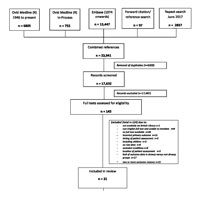
Reduced Level of Arousal on Hospital Admission
Reduced level of arousal on hospital admission may be a strong predictor of in-hospital mortality. Most evidence was of low quality. Reduced level of arousal is highly specific to delirium, better formal detection of hypoactive... read more








